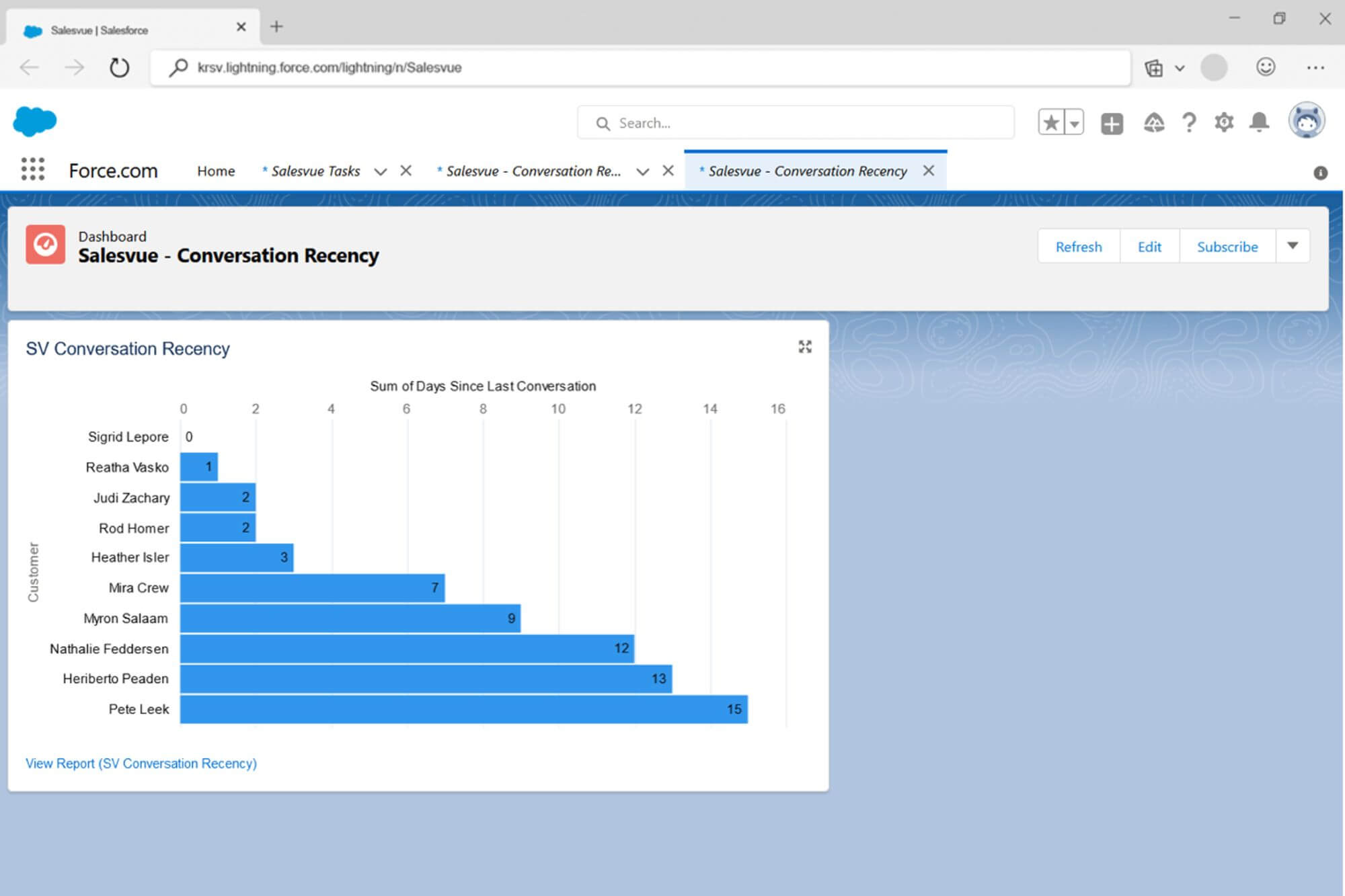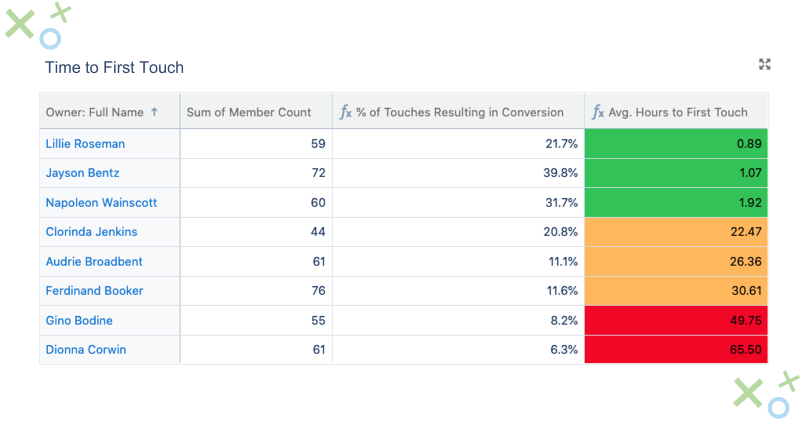One of the biggest challenges for sales reps everywhere is effectively managing the sales follow-up process, especially when you have varying degrees of interest or a fluctuating sales cycle. One prospect may simply have a scheduling issue, so they’d like you to follow up with them in two weeks. Another might not be ready to purchase yet, and they might ask you to follow up in six months. Other prospects might be somewhere in between. How can you maximize the value of these leads over time and successfully follow up with them, continuing the conversation where you left off? Here are four helpful tips for keeping prospects warm, especially those with longer follow up timelines, so your reps don’t have to restart the conversation and waste their time, or risk losing the prospect to the competition:
- Shorten long follow-up timelines. According to Gleanster Research, 50 percent of qualified leads aren’t ready to buy. And we’ve all had that prospect say, “call me again in 6 months.” The problem with this is that your sales reps might have already provided value in a meaningful conversation with the prospect, but that value may be lost when the lead isn’t nurtured for an extended period of time. In this case, cut the follow-up time in half in your head. Then, always be sure that the prospect isn’t simply patting you on the head and sending you away by giving you a far off follow up date. Try asking a question or two to get to the reason for their response. You may ask, “Is there a particular reason you prefer me to get back to you in six months?” or “Will you be ready to purchase in six months?” Their answers will give you an opportunity to explore objections and help you discover the right follow-up timeline.
- Start the conversation before the budget cycle starts. Timing is everything, and the company budget is like cake. Everyone wants a piece, and they’ll do whatever it takes to get it … as long as they have the time to plan. It’s often pointless to start a sales conversation with a prospect who is in the middle or towards the end of the budget cycle. Try to start the conversation a couple of months in advance so the prospect can mentally (and literally) budget for your product or service offering. You may choose to help them with their budget by giving them a price range for your products and services. For example, you could say, “On average, our customers invest between $_____ and $_____ on these types of offerings.” Not only will that help them plan, but if they experience sticker shock, you know you will need to demonstrate the value of choosing you over the competition.
- Provide valuable follow-up material through various channels. Nurture leads that aren’t ready to purchase with effective follow-up that isn’t a phone call by using varied content to capture their attention and show that you understand their pain points. You still want to make calls, of course, but you’ll have more opportunity to deepen the relationship with this strategy. For example, you might connect on LinkedIn by sending a message commenting on a post they shared and offering an article you think would interest them. You could also use email to send your prospects a variety of communications. A case study that shows how you have impacted a company similar to their organization is often a convincing way to build trust and credibility. And depending on how long you need to nurture the lead, you may offer eBooks, infographics, novelty gifts, invitations to events, etc. With the right sales engagement platform, you will even be able to save time by scheduling and automating these emails in your Plan so you scale the number of leads while making sure to give each one a personal touch.
- Determine and develop an optimized cadence. The true recipe for successful sales follow-up is knowing which sales activities are executed at which time, velocity and quantity will accelerate pipeline growth. Sales statistics can be misleading, so you shouldn’t pay too much attention to them. For example, a common sales statistic is that it takes an average of 7.3 attempts to connect with a prospect. But what is that number based on? Did those attempts happen in a single week or over the course of a month? And what are the outlying numbers that may be skewing the average? And who’s to say that number makes sense for your vertical? Equipping yourself with answers to these questions allows you to develop an optimized cadence schedule specific to your business and your sales cycle, which requires having real-time insight into what activities are working and which ones aren’t.
 No sales follow-up process will work if your reps are taking too long to make the contact. In some industries where prospects are vetting options, if you’re not one of the first three to respond or call, you have less than a 5 percent chance to close. With Salesvue’s Time-to-First Touch report, you can see the time between adding an entity to a cadence in Salesvue—a Lead, Contact, Account or Opportunity—to the time that the first task on the cadence is completed for that entity.
No sales follow-up process will work if your reps are taking too long to make the contact. In some industries where prospects are vetting options, if you’re not one of the first three to respond or call, you have less than a 5 percent chance to close. With Salesvue’s Time-to-First Touch report, you can see the time between adding an entity to a cadence in Salesvue—a Lead, Contact, Account or Opportunity—to the time that the first task on the cadence is completed for that entity.
 Managing your team’s follow-up doesn’t have to be hard or time consuming. See how Salesvue’s sales engagement platform can help your sales team be more effective and efficient. Schedule a personalized demo to see it in action.
Managing your team’s follow-up doesn’t have to be hard or time consuming. See how Salesvue’s sales engagement platform can help your sales team be more effective and efficient. Schedule a personalized demo to see it in action.
Category
Tags
Subscribe to Funnel Vision
Get the latest and greatest right in your inbox






